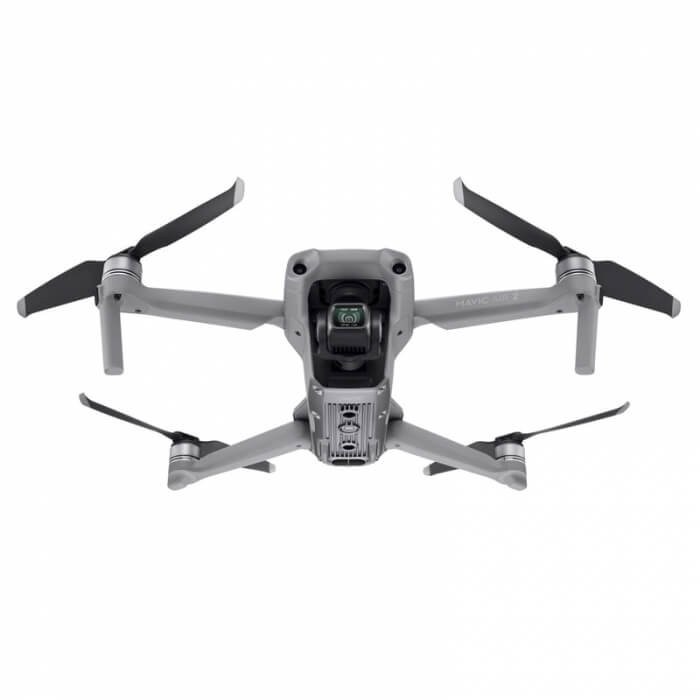Are you looking to buy a bike? Whether you’re a beginner or an experienced cyclist, purchasing a bicycle can be an exciting but sometimes overwhelming process. In this comprehensive guide, we’ll break down the procedures for buying a bike in simple, plain English. We’ll provide you with step-by-step instructions to help you find the perfect bike that suits your needs and preferences. Let’s get started!
- Determine Your Cycling Needs: Before you begin your bike-buying journey, it’s important to understand your specific cycling needs. Consider the following factors:
- Purpose: Do you plan to ride for commuting, fitness, or leisure?
- Terrain: Will you be cycling on paved roads, rough trails, or a mix of both?
- Distance: What distance do you intend to cover during your rides?
- Style: Are you interested in a road bike, mountain bike, hybrid bike, or a specialized type?
- Set a Budget: Having a budget in mind will help narrow down your options and prevent overspending. Determine the maximum amount you’re willing to spend on a bike and stick to it. Remember to consider additional expenses such as accessories, maintenance, and safety gear.
- Research: Now that you know what you’re looking for and how much you’re willing to spend, it’s time to research different bike brands, models, and specifications. Visit bike manufacturer websites, read customer reviews, and consult with experienced cyclists or local bike shop experts for recommendations.
- Visit Local Bike Shops: Supporting your local bike shop has its advantages. Visit a few stores to test ride different bikes and seek guidance from the knowledgeable staff. They can help you determine the correct frame size and make necessary adjustments to ensure a comfortable fit.
- Consider Bike Features: Each bike model comes with its own unique features. Consider the following aspects when choosing your ideal bike:
- Frame material: Aluminum, steel, carbon fiber, or titanium.
- Gears: Determine the number of gears suitable for your intended riding terrain.
- Suspension: Decide if you need front suspension, rear suspension, or a rigid frame.
- Brakes: Choose between rim brakes or disc brakes, depending on your preferences and riding conditions.
- Compare Prices and Deals: After narrowing down your options, compare prices from various retailers, both online and offline. Look out for special deals, discounts, or promotions that can help you save money without compromising quality. Consider factors like warranty, customer service, and after-sales support as well.
- Make the Purchase: Once you’ve made your final decision, it’s time to make the purchase. If you’re buying online, ensure you choose a reputable seller with secure payment options. If buying from a local store, confirm the availability of the chosen bike model and negotiate the best price if possible.
- Accessories and Safety Gear: To enhance your biking experience and ensure safety, consider purchasing essential accessories such as a helmet, lights, lock, water bottle, and a bike pump. These accessories will help protect you and your bike while adding convenience to your rides.
- Maintenance and Service: Regular maintenance is crucial to keep your bike in optimal condition. Learn basic maintenance tasks like cleaning, lubrication, and tire inflation. Familiarize yourself with local bike repair shops and schedule routine service appointments to ensure your bike stays in top shape.
Conclusion: By following these step-by-step procedures, you can confidently purchase a bike that suits your needs and preferences. Remember to determine your cycling needs, set a budget, conduct thorough research, test ride different bikes, and compare prices before making a final decision. Additionally, don’t forget to invest in essential accessories and prioritize regular bike maintenance for a smooth and enjoyable riding experience.

















